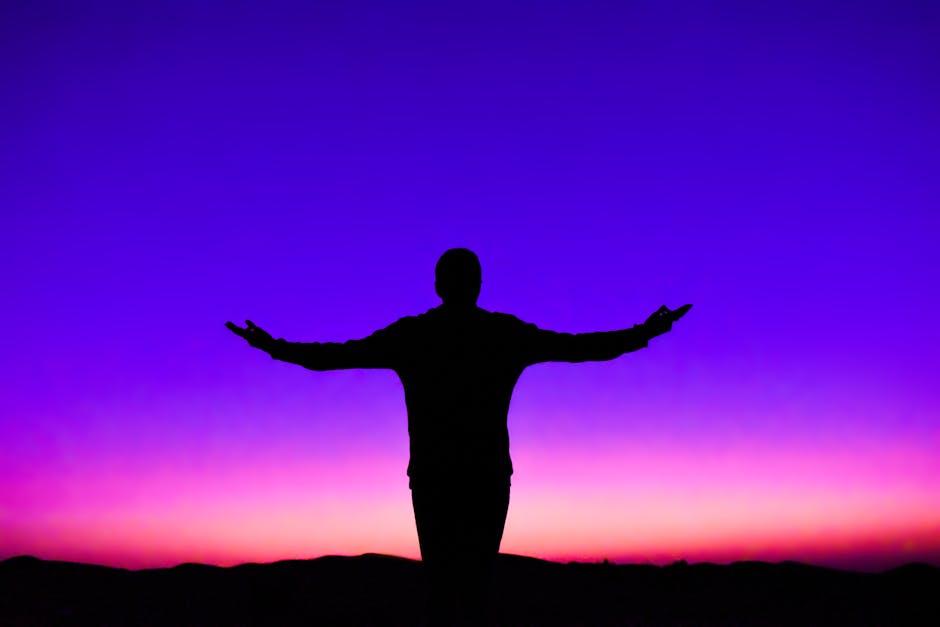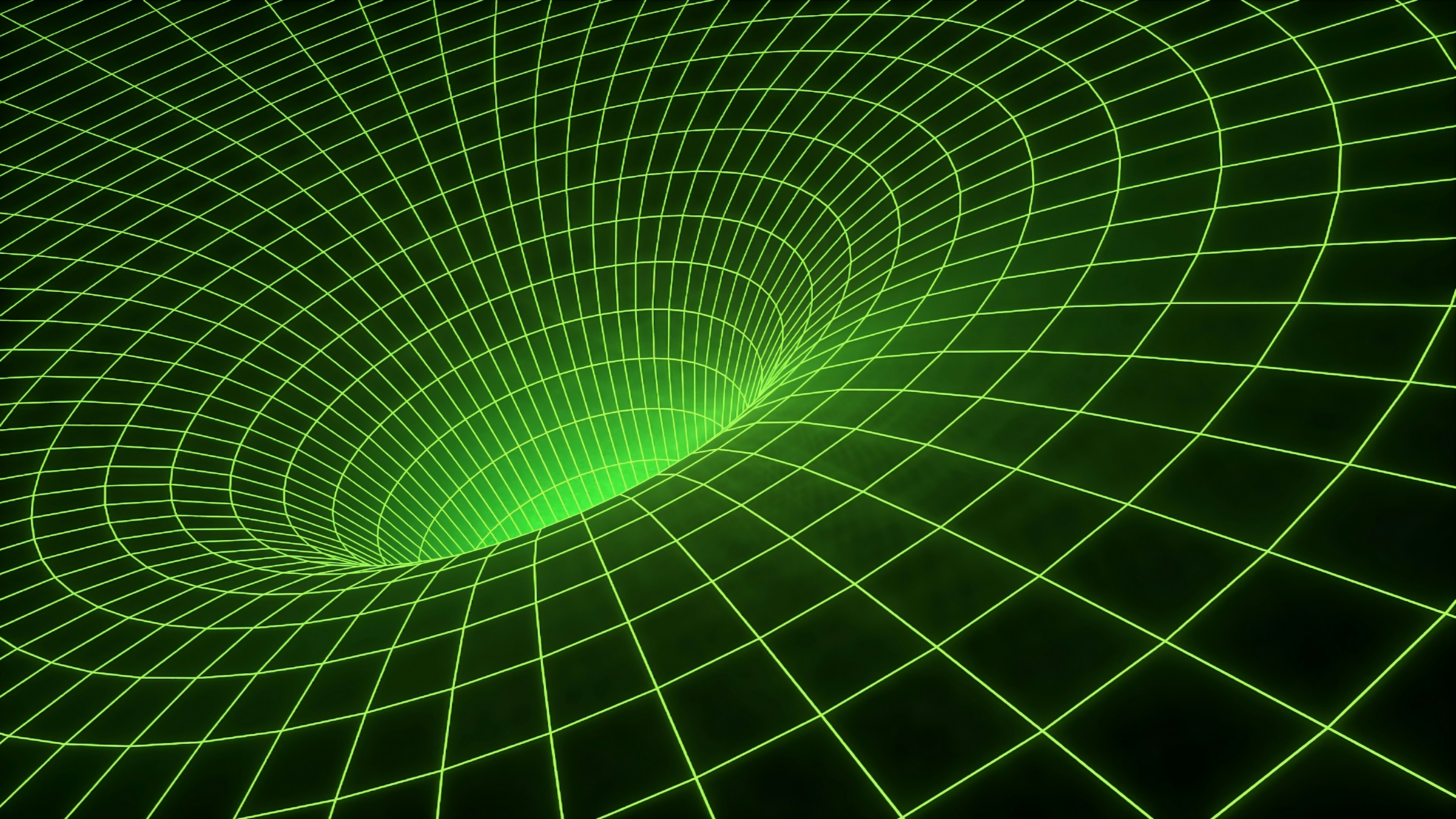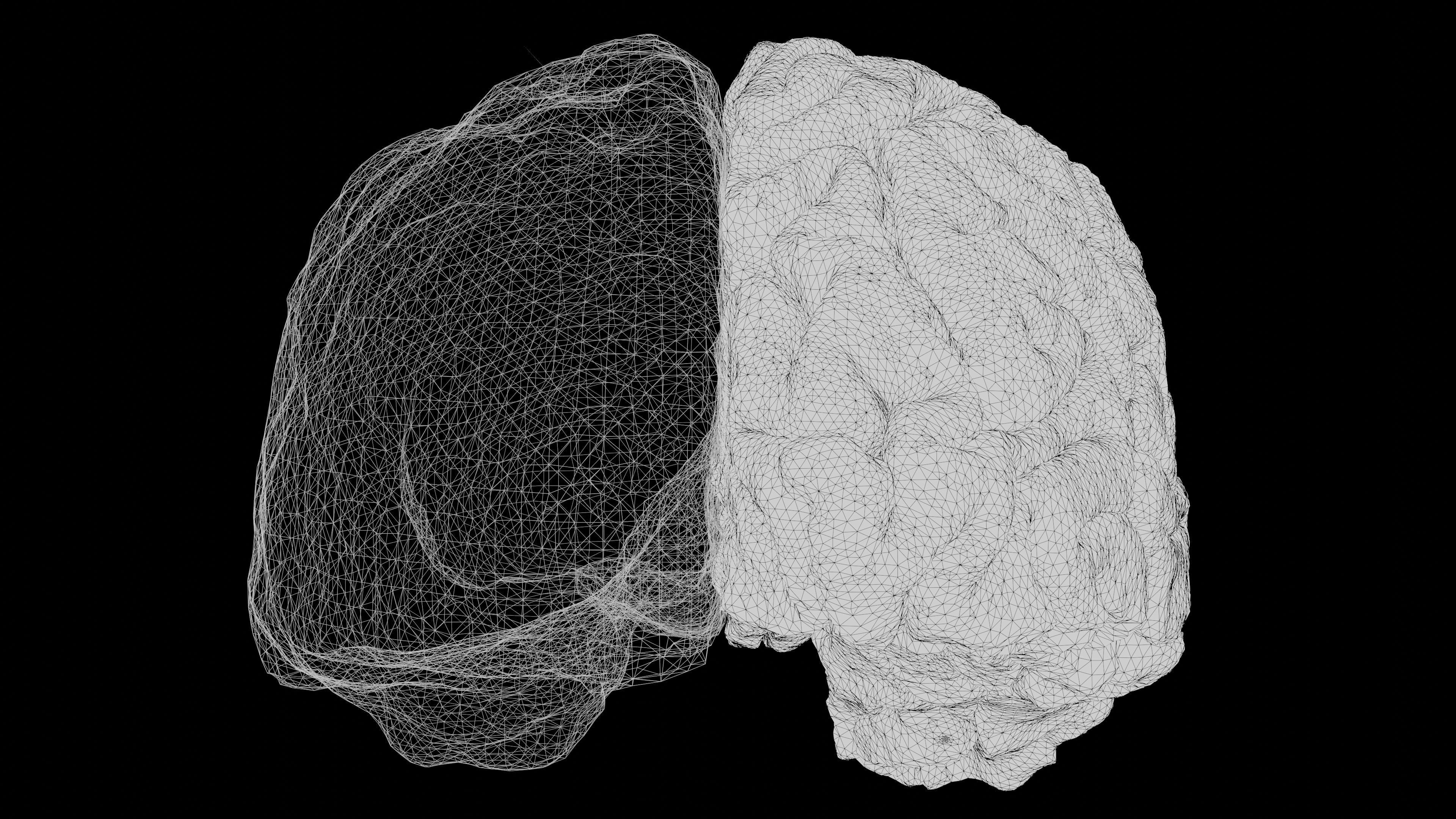The Soul of Shadows: Unleashing the Power of Underexposed Photography
Photography is not just about capturing images; it's about evoking emotions, stirring memories, and telling stories. One of the intricacies of this art form is the technique of underexposing images, a method that plays with light, contrast, and shadow to create visual narratives filled with emotion and resonance. Today, we’ll delve into the emotional impact of underexposed photography techniques on viewer perception, examining how the play of shadows invites us to feel rather than just see. This illumination of the soul of shadows could transform the way you think about your photographic practice.
Understanding Underexposure in Photography

Underexposure occurs when a photograph allows less light to reach the camera sensor than is typically considered ideal. While this typically results in darker images, it also brings forth unique emotional qualities that can enhance storytelling. Shadows abound in underexposed photographs, inviting viewers to ponder, question, and feel the depth of a scene.
Interestingly, while some may view underexposure as a flaw, in the right hands, it is an artistic choice that can create a powerful emotional statement. The key is in understanding how underexposure interacts with the viewer’s perception of light and shadow; the absence of light can often speak louder than brightness.
The Emotional Landscape Created by Shadows

Shadows do more than just obscure light; they tell stories filled with nuance and ambiguity. Many photographers such as Ansel Adams and Gregory Crewdson have utilized shadows to evoke a sense of drama and emotional depth in their work. The soft transition between light and darkness introduces intrigue and often elicits an emotional response more effectively than brightly lit scenes.
Consider the way a dimly lit street corner or the silhouette of a lone tree bathed in twilight pulls at our sense of nostalgia or melancholy. The emotional resonance of underexposed photography lies in its ability to embrace mystery, as shadows often invite viewers to fill in the gaps with their impressions and interpretations.
The Psychological Impact of Shadows

Our brains are wired to respond to shadows; they create space for introspection. According to research published in the Journal of Experimental Psychology, dark imagery resonates more deeply with viewers, often intensifying feelings ranging from nostalgia to fear. This psychological connection between shadows and emotion can make underexposed images more engaging, encouraging viewers to linger longer on each frame.
Incorporating this understanding into your photography allows for more intentional storytelling. Instead of striving for perfectly lit images, consider how shadows can set the mood or theme in your compositions. By exploring the emotional dimensions of underexposed photography, you’ll create art that transcends mere visuals.
The Technique Behind Underexposed Photography

Mastering underexposure comes down to understanding camera settings and how they combine to produce the desired effect. Achieving the right balance means playing with shutter speed, aperture, and ISO settings while being mindful of the emotional context of your subject.
- Shutter Speed: Slower shutter speeds allow less light and reveal more shadow detail. This is particularly effective in long-exposure photography, where the shadows tell their own story over time.
- Aperture: A smaller aperture (higher f-stop number) will allow less light and create a deeper depth of field, enriching that shadowy realm of your image.
- ISO Settings: Lower ISO settings contribute to underexposure, reducing the noise that can distract from the overall tone and emotion of the photograph.
Practice with these settings in various lighting conditions to uncover how different scenarios can evoke distinct feelings in your audience. Try experimenting during the golden hour, where shadows are at their most intriguing!
Exploring the Intersection of Emotion and Light

The emotional depth of underexposed photography can be further enhanced through thoughtful composition. Integrating lines, patterns, and forms plays a critical role in how shadows will interact with the viewer. Compositions that utilize negative space or juxtapose light and dark aspects can amplify the emotional tension inherent in your photos.
For instance, in our blog post on mastering negative space, we delve into how creating room for the viewer's imagination can elevate the emotional tension in photographs dramatically. Shadows can serve as boundaries that guide the viewer’s gaze, inviting them to contemplate the story being told and the emotion being expressed.
Sophisticated Use of Contrast and Saturation

Moderation is pivotal in underexposed photography. While shadows are essential, the careful infusion of contrast and saturation is necessary to maintain that balance. A well-executed underexposed image features subtle colors peeking through the shadows, igniting the viewer's curiosity.
To become familiar with the harmonious blend of contrast, consider the work of photographers who masterfully employ this technique—like Henri Cartier-Bresson, whose use of shadows can evoke dynamism even in the most minimalistic compositions. Their work demonstrates that a touch of color or areas lit by ambient light can act as the ‘emotional heart’ within darker spaces.
Personal Experience: My Journey with Shadows

When I first began my photography journey, I chased the bright, vibrant images that seemed to be the industry standard. However, it wasn’t until I stumbled into an old, abandoned building, cloaked in darkness, that my perspective shifted. I purposely underexposed my images, and what emerged was hauntingly beautiful; the shadows danced across the walls, revealing forgotten stories that breathed life into the space.
The images were not just photographs; they were conversations with the past, depicting emotions of abandonment and nostalgia. Sharing these at a local gallery sparked a profound interaction between the artwork and viewers, solidifying my belief in the emotional power of shadows.
My experience bolstered my enthusiasm for experimenting with underexposure. I began to see the layers of emotion shadows could evoke—not only capturing images but cultivating a profound dialogue with those who beheld them.
Building a Narrative Through Shadows

Photography is about storytelling, and underexposed techniques can nurture powerful narratives. Shadows can embody mystery and tension, pushing viewers to reflect deeply on the stories behind the images. They prompt questions and stir curiosities, leading your audience through the emotional landscape you intended to convey.
Consider integrating elements of shadow-play into your narratives. Each image can be a chapter of a broader story, using shadows to guide viewers through emotions, moments, and experiences. Experiment with storytelling styles, whether they be solitary or communal, abstract or literal—in every case, shadows lend an added layer of depth.
Connecting with Your Audience
The dialogue between the artist (you) and the audience is vital in photography. Developing a unique style that weaves in underexposure and shadow-rich compositions enables you to connect more deeply with viewers. Instead of simply perceiving a photograph as an aesthetic composition, they will engage with it emotionally.
Don’t shy away from sharing the narrative behind your pieces. Your audience wants to understand the “why” of your work just as much as they appreciate the “how.” Consider discussing your personal interpretation of emotions evoked by shadows in your blog posts, social media captions, or community exhibits.
Final Thoughts: Embracing Underexposure

Embracing underexposure as a core part of your photographic art can transform your approach and enhance emotional engagement. Shadows hold stories that can echo through time, and the art of underexposed photography is an invitation to celebrate that complex interplay of light and dark.
Ready to dive deeper into the world's shadows? Explore our additional resources, including the art of shadow play or the psychology of color to further enhance your understanding of emotion in your images. Let's embark on this captivating journey together!



